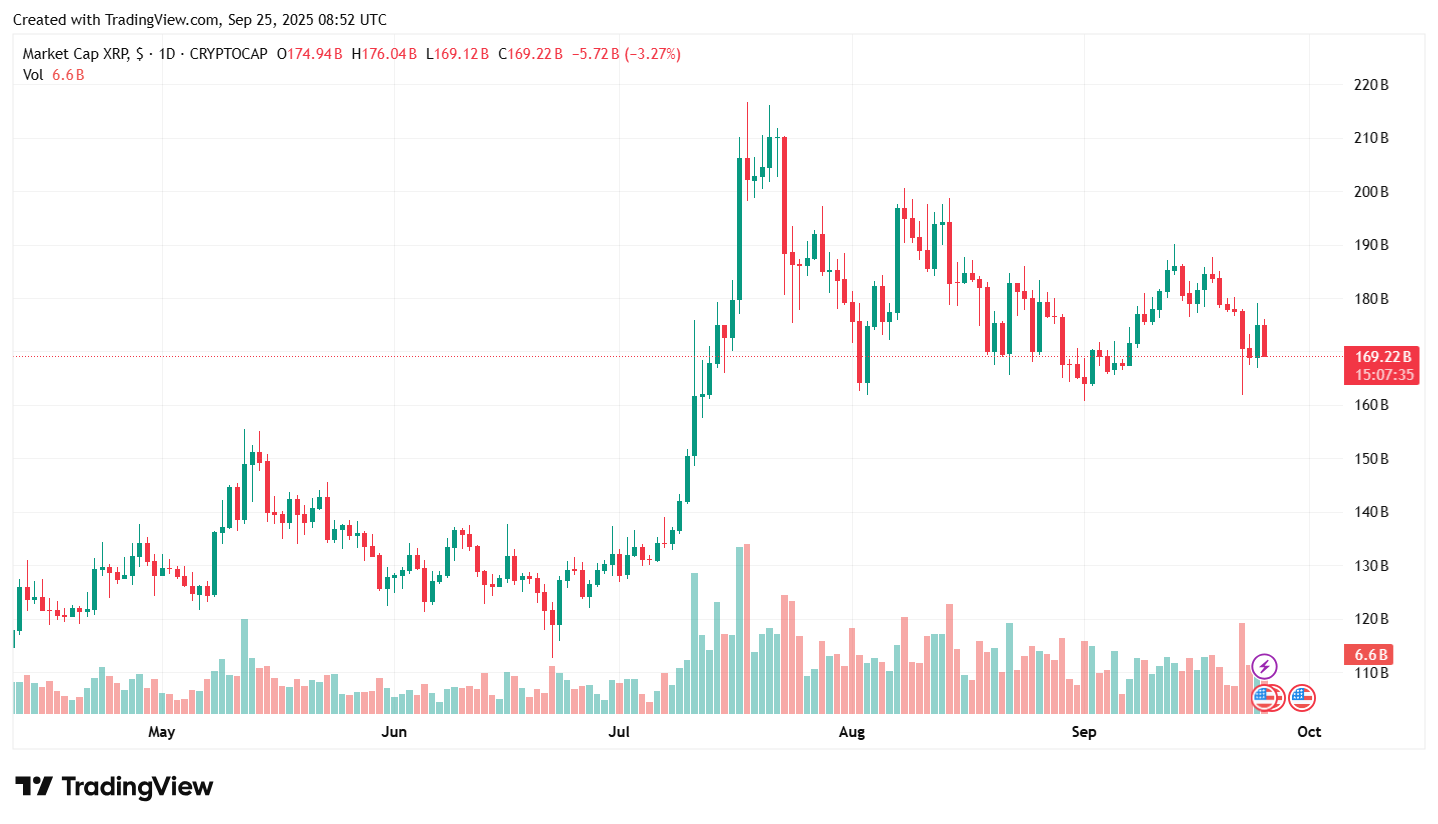Category: Forex News, News
XAU/USD drifts lower to $3,350 despite Powell’s dovish signal
- Gold price attracts some sellers to near $3,365 in Monday’s early Asian session, down 0.22% on the day.
- Fed rate cut hopes and rising Russia-Ukraine tensions could lift the Gold price.
- Traders brace for the preliminary reading of the US Q2 GDP report later on Thursday.
The Gold price (XAU/USD) edges lower to around $3,365 during the early Asian session on Monday, pressured by a firmer US Dollar (USD). Nonetheless, rising optimism of a September rate cut following comments by Federal Reserve (Fed) Chair Jerome Powell at the Jackson Hole symposium might cap the downside for the yellow metal.
The Fed’s Powell has opened the door to a rate reduction in the September meeting, but that position could become complicated if inflation pressures continue to rise. Powell added that the US economy is facing a “challenging situation,” with inflation risks now tilted to the upside and employment risks to the downside.
Traders are now pricing in nearly an 85% possibility of a 25 basis points (bps) rate cut next month, up from 75% before the speech, according to the CME FedWatch tool. Dovish remarks from Powell could provide some support to the precious metal, as lower interest rates could reduce the opportunity cost of holding Gold.
Additionally, the escalating tensions between Russia and Ukraine might contribute to the gold’s upside. Ukrainian President Volodymyr Zelensky said that the country would continue to fight for its freedom “while its calls for peace are not heard,” in a defiant address to the nation on its independence day, per BBC. His comments came after Moscow said Ukraine had attacked Russian power and energy facilities overnight, blaming drone attacks for a fire at a nuclear power plant in its western Kursk region.
Gold traders will keep an eye on the preliminary reading of the US Gross Domestic Product (GDP) for the second quarter (Q2), which will be released later on Thursday. The US economy is expected to grow at an annual rate of 3.0% in Q2. In case of a stronger-than-expected outcome, this could boost the Greenback and weigh on the USD-denominated commodity price.
Gold FAQs
Gold has played a key role in human’s history as it has been widely used as a store of value and medium of exchange. Currently, apart from its shine and usage for jewelry, the precious metal is widely seen as a safe-haven asset, meaning that it is considered a good investment during turbulent times. Gold is also widely seen as a hedge against inflation and against depreciating currencies as it doesn’t rely on any specific issuer or government.
Central banks are the biggest Gold holders. In their aim to support their currencies in turbulent times, central banks tend to diversify their reserves and buy Gold to improve the perceived strength of the economy and the currency. High Gold reserves can be a source of trust for a country’s solvency. Central banks added 1,136 tonnes of Gold worth around $70 billion to their reserves in 2022, according to data from the World Gold Council. This is the highest yearly purchase since records began. Central banks from emerging economies such as China, India and Turkey are quickly increasing their Gold reserves.
Gold has an inverse correlation with the US Dollar and US Treasuries, which are both major reserve and safe-haven assets. When the Dollar depreciates, Gold tends to rise, enabling investors and central banks to diversify their assets in turbulent times. Gold is also inversely correlated with risk assets. A rally in the stock market tends to weaken Gold price, while sell-offs in riskier markets tend to favor the precious metal.
The price can move due to a wide range of factors. Geopolitical instability or fears of a deep recession can quickly make Gold price escalate due to its safe-haven status. As a yield-less asset, Gold tends to rise with lower interest rates, while higher cost of money usually weighs down on the yellow metal. Still, most moves depend on how the US Dollar (USD) behaves as the asset is priced in dollars (XAU/USD). A strong Dollar tends to keep the price of Gold controlled, whereas a weaker Dollar is likely to push Gold prices up.
Source link
Written by : Editorial team of BIPNs
Main team of content of bipns.com. Any type of content should be approved by us.
Share this article:









